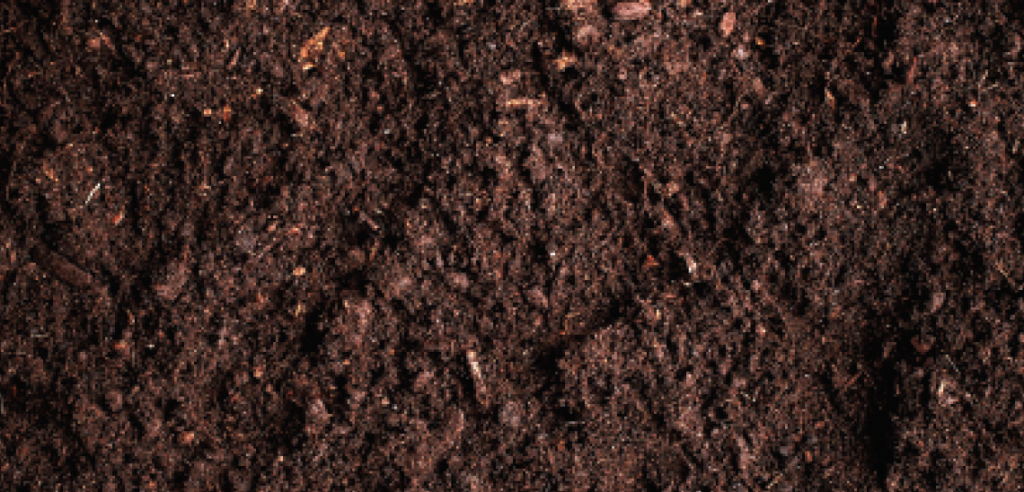
Inside the World of Home Gardening
In this article, I interview Jeff Lowenfels. Jeff holds the distinction of being North America’s longest running garden columnist. He is also the author of the popular home garden book series including the three titles “Teaming with Microbes,” “Teaming with Nutrients,” and “Teaming with Fungi.”
Jeff has served as president of the Garden Writers of America, received the honor of GWA Fellow and is a member of the GWA Hall of Fame. He is a leading voice in the organic and sustainable gardening movement, a lawyer, and the passionate creator of the “Plant a Row for the Hungry” program active in all 50 states and Canada.
Peter: Congratulations, Jeff, your effort to help feed the hungry is magnified given the crisis the world is experiencing. With our food supply chains experiencing disruption, it has become even more important to support avenues to get nutritious food to those with poor access to it.
Let’s start with how you became interested in the science of organic practices. What inspired you to write books on the topic, and how did you acquire the knowledge to evolve into the authority you’ve become?
Jeff: Being North America’s longest running garden columnist — going on 45 years without missing a single week — has been a wonderful experience. During this time, I have seen an unbelievable shift in the way gardeners approach chemicals. Heck, I went through an unbelievable change myself.
My father dabbled in organics. He was a big gardener and also in the butter business (so dull, one of his employees went off to start Miracle Gro, but that is another story) and was intrigued by the first appearance of organic foods and what he read in Rodale’s Organic Farming and Gardening magazine. This was back in 1973. Until 1992, I was a huge believer in chemical fertilizers. Had you told me that bacteria and fungi were key to gardening, I would have referred you to a doctor!
I started writing my garden column in Anchorage, Alaska, in 1976 and pretty much remained a chemical head until I was asked to investigate some special products. Turns out they had fantastic numbers and diversity of microbes and these made a difference. At the same time, a friend sent me a picture of a fungal hyphae strangling a nematode trying to attack a tomato root. The combination of the two resulted in a lot — and I mean a lot — of reading, investigation, experimentation and study.
Peter: Earlier this year, Colin Bell, a soil microbial ecologist, shared his expertise with me on the research side of soil microbes. Our discussion focused on commercial growers and the opportunity at hand to educate them about soil health and the vital and varied roles microbes play in the root zone. It sounds like you and I are discussing a topic where consumers were ahead of the curve and commercial growers are playing catch up. Your effort is partly responsible in that you are helping to educate consumers about the importance of healthy soil. How did you acquire your expertise in this arena?
Jeff: The stuff I was discovering about the soil food web was new to me and my column readers, but it made sense and it worked. I developed a friendship with Dr. Elaine Ingham and wrote the first book for her. What a teacher and inspiration! “Teaming with Microbes” was published in 2006. The publisher was not sure of the science so subtitled the book, “AN organic gardener’s guide to the soil food web.” Who knew microbes had anything to do with gardening? There were no mentions of microbes in a positive sense in Rodale’s monthly Organic Farming and Gardening magazine, that is for sure! The subtitle was quickly changed to “THE organic gardener’s guide to the soil food web” once it became clear that the book really did explain the science behind organic gardening.
I was stunned, as was my publisher, by the reaction and its success. The second book came because after figuring out how to get the right nutrients to plants, I didn’t know how these got into the plant and what happened once they did. In other words, “How do plants eat and why?” The third book came about because so much new information had come available on the use of mycorrhizal fungi, part of the soil food web useful for gardening, that wasn’t getting to the public.
How did I learn this stuff? I read all the time. I study all the time. I test and I experiment. It all drives my wife crazy.
Peter: How can growers and garden retailers try new products and methods to shift their practices from inorganic to organic if they are interested in doing so?
Jeff: In my honest opinion, today’s garden centers and greenhouses should only sell organic products. This would have been heresy 20 years ago, and most nursery centers and greenhouses would have gone out of business. Not so today with the acceptance of climate change, growth in organic produce sales and higher level of science educated customers.
Peter: What a perfect opportunity for growers to conduct side-by-side trials on site and display organic versus traditional techniques on a retail bench in the garden center. Opportunities for customer interaction, demonstrations, product tie-ins, mini-workshops … all kinds of education can be offered.
Jeff: Start small when you start selling organic products at the retail level. Start with the add-ons, like mycorrhizal fungi and rhizobia legume inoculants, organic soils and compost. You already have Bt products and probably some organic foods. Later, try offering compost tea — it’s a fantastic customer draw and profit center as they come in weekly to get some. Lump everything organic into one area. You want your customers to know you are environmentally attuned.
Using it in a nursery may seem difficult. Run trials if you are not convinced organics work. Sure, you will need to make adjustments, but the market is there and growing and eventually regulatory constraints will make growing organically the norm. There are lots of case studies.
Let me say that the nurseries where my columns reach all understand that the public would rather have organics than chemicals! Their customers demand it now even though these nurseries were, and in many cases are, still using chemicals on many of their plants. So my first thought is just try it. Put a sign up that says “Organic” and they will come. Just look at the proliferation of organic foods. Obviously, the number of new products is huge, which means customers may need to be educated — which means employees, too.
Peter: It is reported that organic principles are becoming more mainstream by the season. As a private sector researcher, I had a few projects dealing with this category of products decades ago but am now seeing more companies getting involved every year. I’m running an experiment now for a company investigating the incorporation of worm castings into its commercial growing mixes in concert with organic liquid fertilizer for bedding plant production.
Jeff: Absolutely. There are no real garden writers any more who promote chemicals. We are all organic. Not only is organic gardening becoming the norm, there are all kinds of new studies in support. There is some hype, for sure, but that happens in all industries and we just need to work to thwart it.
Peter: This was a fun conversation, Jeff. Congratulations on your accomplishments, and thank you again for spending time with me.




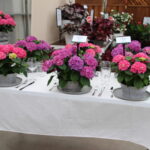

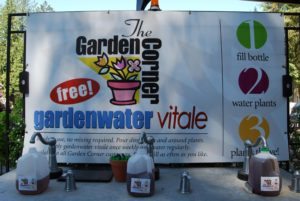

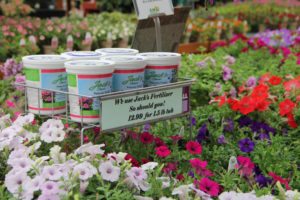
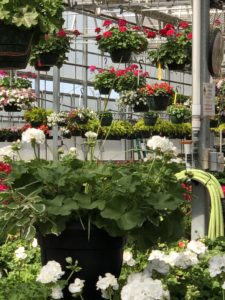
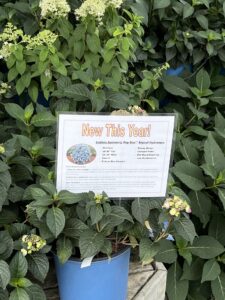

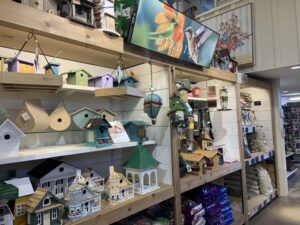

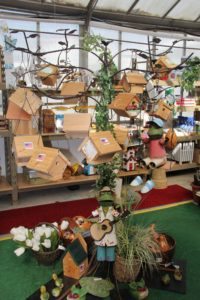
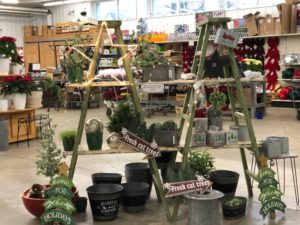
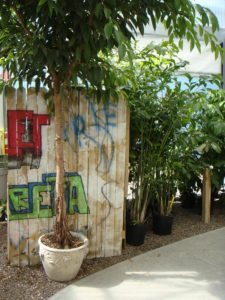
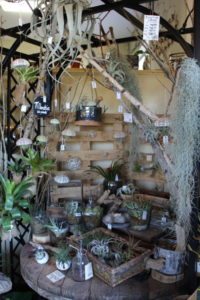
 Videos
Videos





